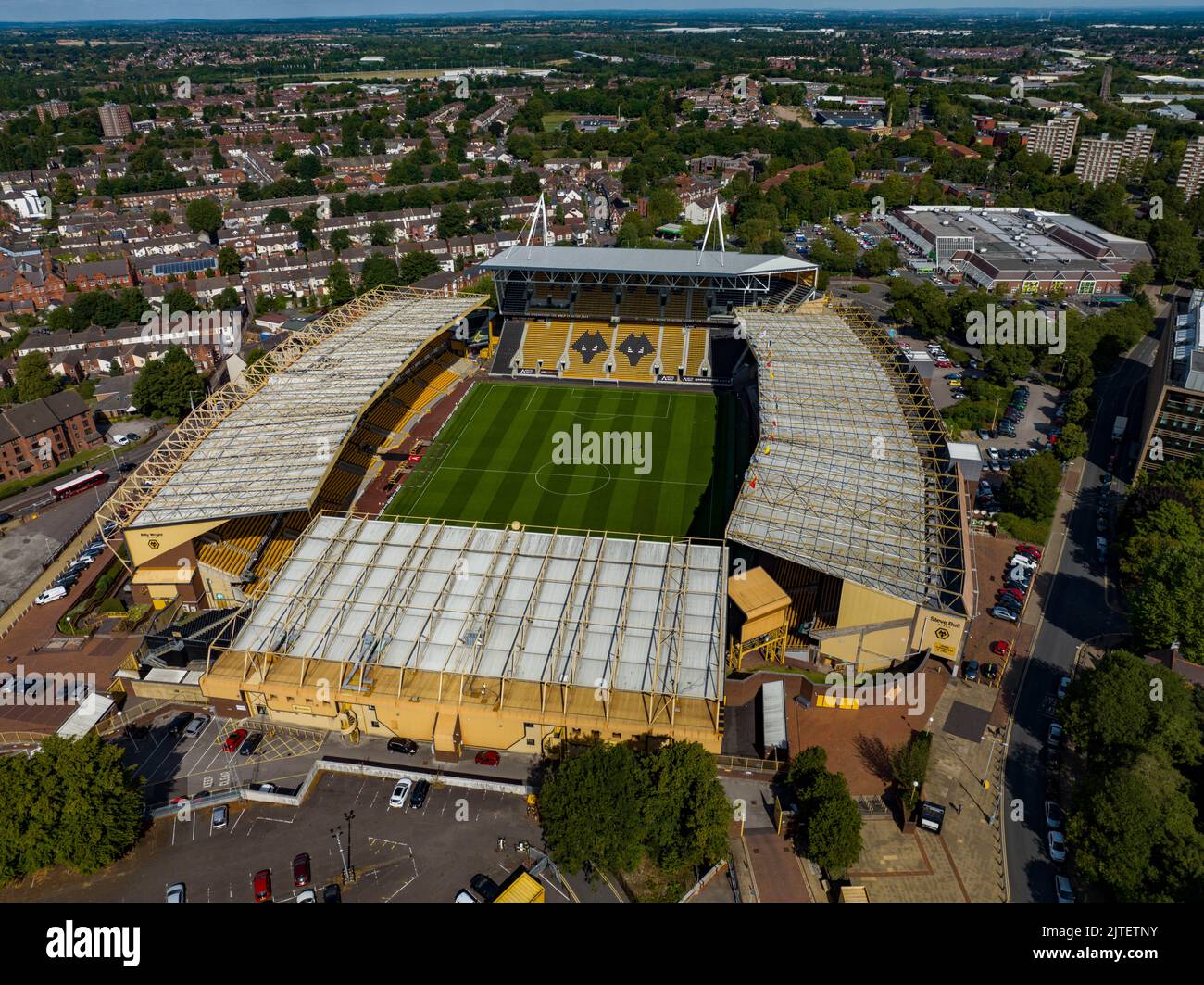
Introduction
Edinburgh, the capital city of Scotland, is renowned for its rich history and dynamic culture. As a UNESCO World Heritage site, it attracts millions of visitors each year, making it not only a focal point of Scottish heritage but also an important economic driver through tourism. From its iconic landmarks to vibrant festivals, Edinburgh holds a significance that resonates beyond its geographical boundaries.
Historical Significance
With its origins tracing back to the prehistoric era, Edinburgh’s history is steeped in tales of kings, battles, and legends. The city’s most recognisable landmark, Edinburgh Castle, perched atop Castle Rock, has dominated the skyline for centuries and serves as a testament to Scotland’s tumultuous past. Other notable historical sites include the Palace of Holyroodhouse, the official residence of the monarch in Scotland, and the Old Town, which showcases medieval architecture and narrow alleys that tell the stories of bygone eras.
Cultural Landscape
In addition to its history, Edinburgh is a thriving cultural hub. It hosts the world-famous Edinburgh Festival Fringe, the largest arts festival in the world, which attracts performers and audiences from around the globe. This celebration of arts and culture recurs every August, offering a diverse array of comedy, theatre, music, and dance performances.
The city is also home to several esteemed institutions such as the National Museum of Scotland, the Scottish National Gallery, and numerous theatres. Edinburgh’s literary legacy is celebrated through festivals and monuments dedicated to famous authors, including Sir Walter Scott and Robert Burns, further enriching the city’s cultural tapestry.
Current Events and Future Outlook
Recently, Edinburgh has been buzzing with initiatives aimed at enhancing its sustainability and livability. The local government is actively pursuing a 2030 Net Zero target, aiming to reduce carbon emissions through innovative urban planning and public transport improvements. Additionally, significant investments in public spaces and renewable energy projects are being prioritised to create a greener city.
Conclusion
Edinburgh stands as a beacon of culture and history in the UK, blending its rich heritage with a forward-thinking approach to modern challenges. The city’s ongoing development and commitment to preserving its historical sites while embracing sustainability make it a model of progress. For residents and visitors alike, Edinburgh offers a unique experience that bridges the past and future, ensuring its place as a treasured destination for generations to come.
You may also like

Exploring Monmouth: History, Attractions and Community

Exploring Wolverhampton: A Gateway to Culture and History
